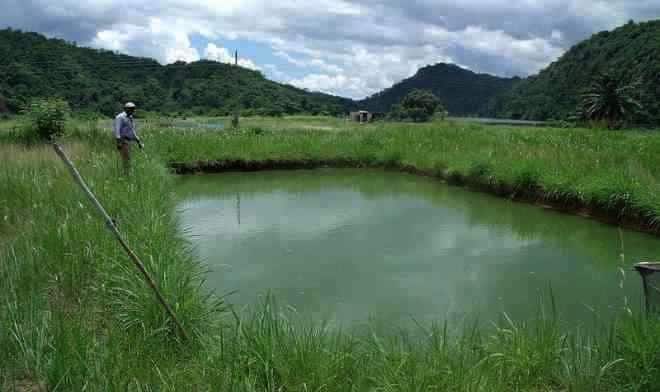Over one billion people worldwide depend on fish as a source of animal protein in their diets. According to the U.N. Food and Agriculture Organization (FAO) flagship publication The State of World Fisheries and Aquaculture 2012, global per capita seafood consumption stands at 18.1 kilograms (39.8 pounds) on average, and that number is expected to increase over the next decades.
Aquaculture is considered one of the fastest growing animal food production sectors, and accounts for nearly half of the supply of fish for consumption around the world. FAO estimates that total fish production from aquaculture reached more than 63 million tonnes in 2011, in comparison to 47 million tonnes in 2006. World aquaculture is concentrated in Asia, where approximately 90 percent of global production takes place. China has emerged as the world’s leading producer in aquaculture, followed by India, Vietnam, Indonesia, Bangladesh, and Thailand.
The global fisheries sector employs an estimated 35 million people, 20 percent of them in the aquaculture industry, according to Sinéad Lehane, research analyst at Future Directions International (FDI) and the author of a recent strategic analysis paper Fish for the Future: Aquaculture and Food Security. Today, aquaculture holds the potential to improve the livelihoods of people living in developing countries, and can deliver a wide range of benefits, including higher nutritional value through increased protein consumption, improved food security, and higher household incomes.
Lehane points out that many countries are successfully employing aquaculture to improve local incomes and food security. For example, the implementation of new technologies and practices, such as artificial propagation – a fish reproduction method where mature eggs are expelled from female fish and artificially fertilized with milt from male fish under controlled conditions – enabled increased catfish production in Vietnam, and helped to build the incomes of people living in the Mekong Delta.
But as fish farming continues to expand, concerns are growing about aquaculture’s negative impacts on the environment and global biodiversity, including the degradation of water quality, fish diseases, and overexploitation of wild fish used as feed for farmed fish. Lehane emphasizes the need to move toward a more efficient and sustainable aquaculture industry.
The industry faces a series of other challenges, such as limited access to markets – particularly in urban centers – due to underdeveloped infrastructure, poor governance, and a weak regulatory framework; lack of training and expertise; and limited access to financial aid for smallholder farmers, which prevents them from generating an adequate income through aquaculture.
Lehane points out that Australia could play a pivotal role in enhancing food security through aquaculture, mainly thanks to an optimal location, stronger regulatory framework, and access to technologies.















